Hand-carved buckets face possible extinction in Zhejiang
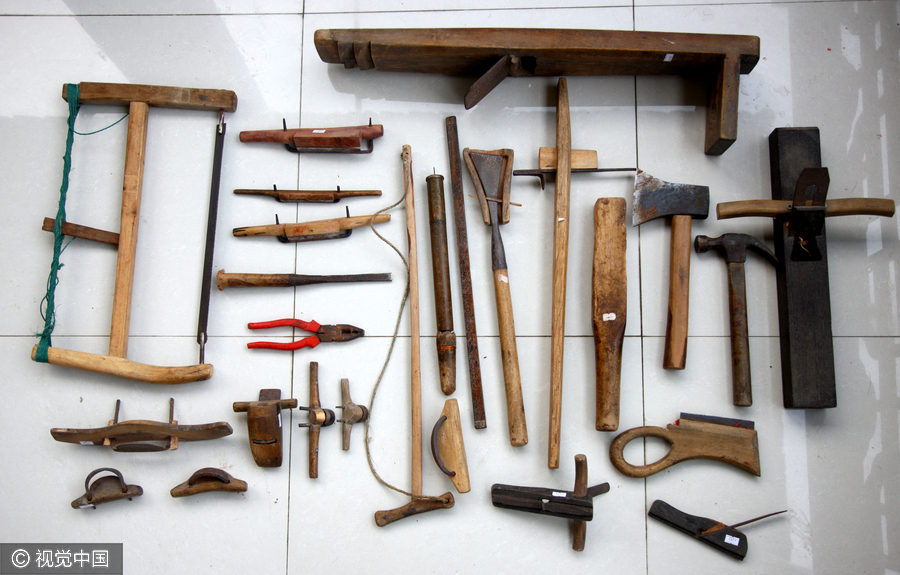
In earlier times, Bao's business was popular across Ningbo and Taizhou thanks to his outstanding workmanship.
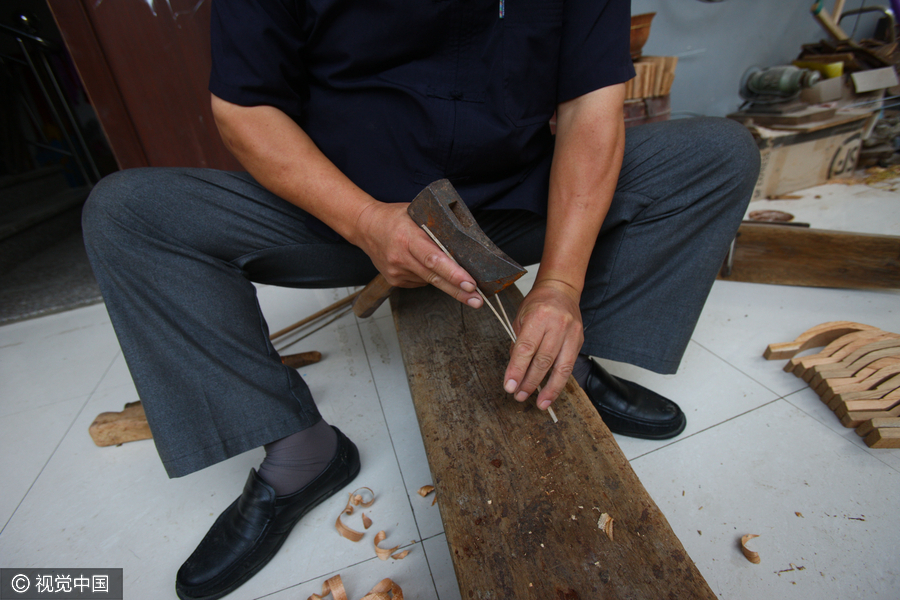
Bao recalled that his clients had to preorder and provide him with accommodation in order to reserve his services. Sometimes he also received wine and cigarettes. Moreover, Bao's salary was double or triple that of ordinary workers.
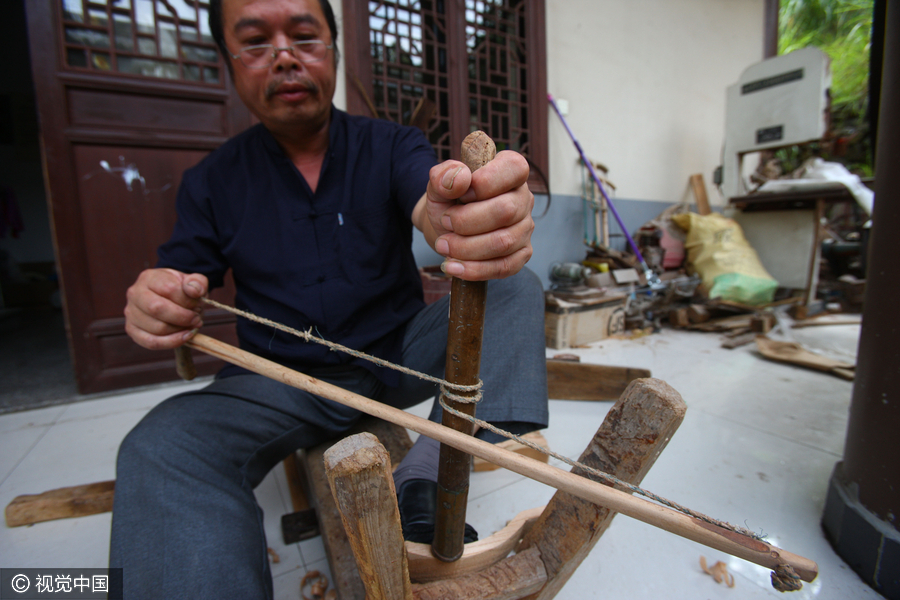
The carving technique features several specific procedures related to curve modeling - the most difficult part, and also the part that makes the process take a long time. Normally, one worker can finish one to two buckets every day.
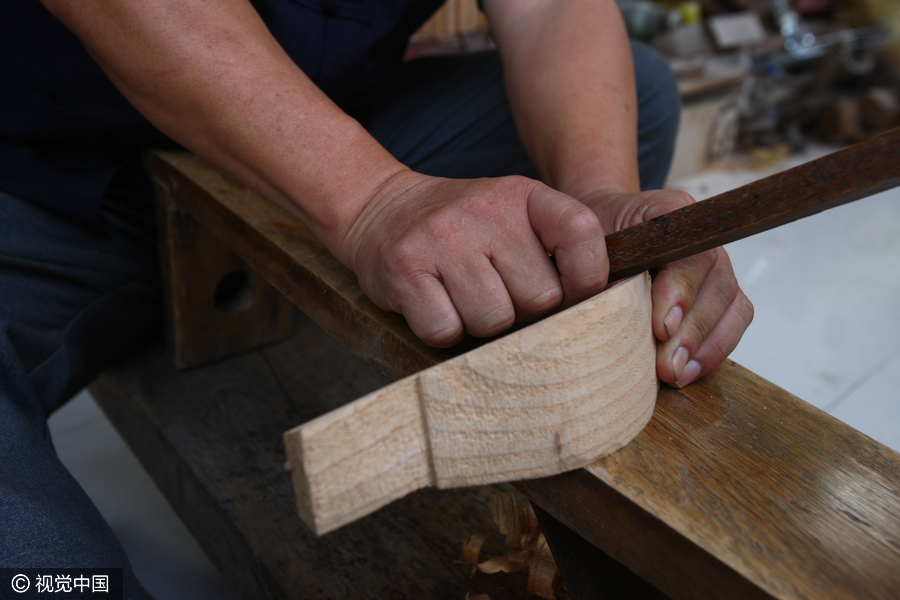
In the 1980s, with the popularization of aluminum and plastic products, wooden buckets gradually fell out of favor. Many artisans, including Bao, therefore changed jobs to keep earning money. Nevertheless, Bao kept making buckets in his spare time.
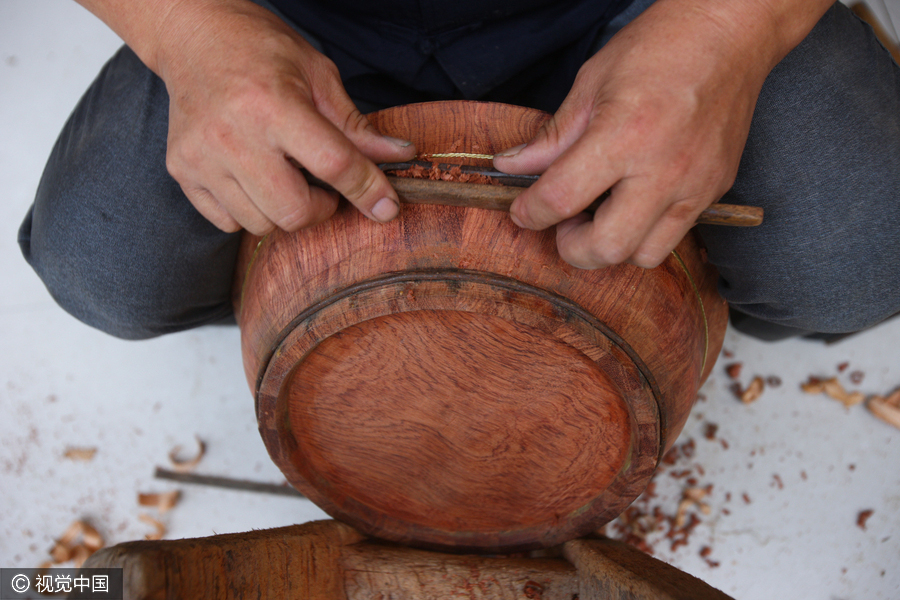
With the discovery and development of lacquer arts a decade ago, buckets were once again in demand as bases. Bao gathered several craftspeople and picked the handicraft back up.
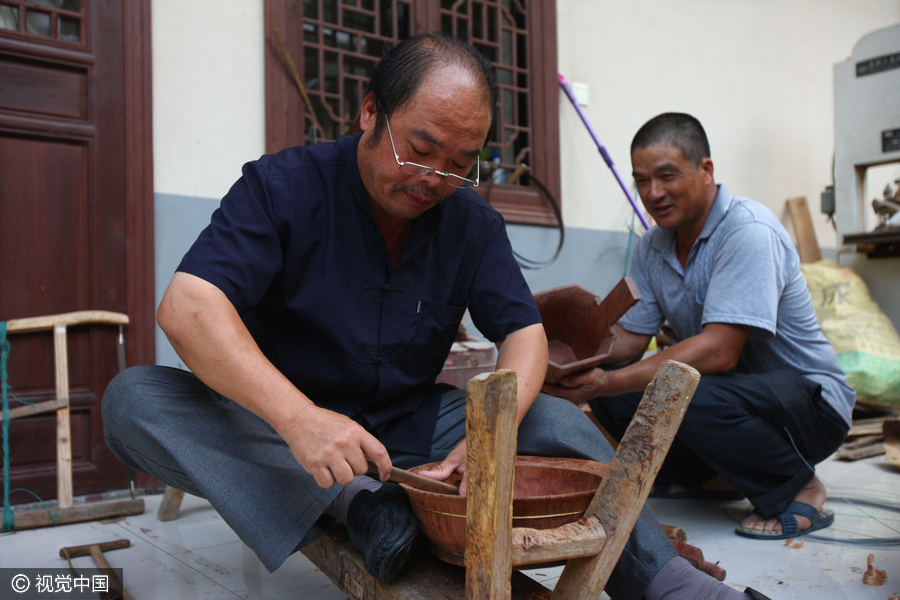
Bao's work has garnered admiration not only in China but also in other countries such as Japan and the US. Thanks to support from local government, Bao now owns a gallery for displaying his buckets to visitors.
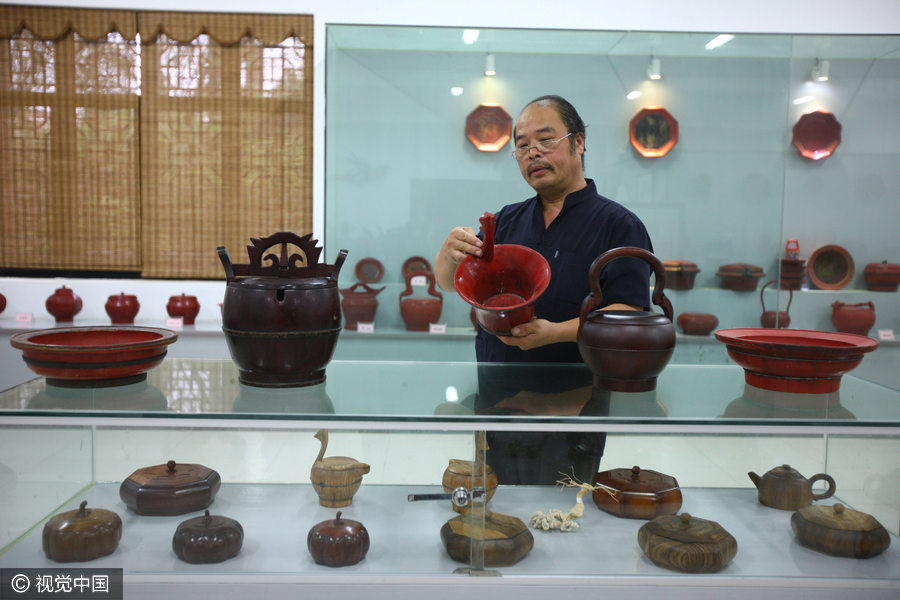
In Bao's hometown, about 10 craftspeople still study and practice the handicraft. Among them, the oldest is nearly 70.
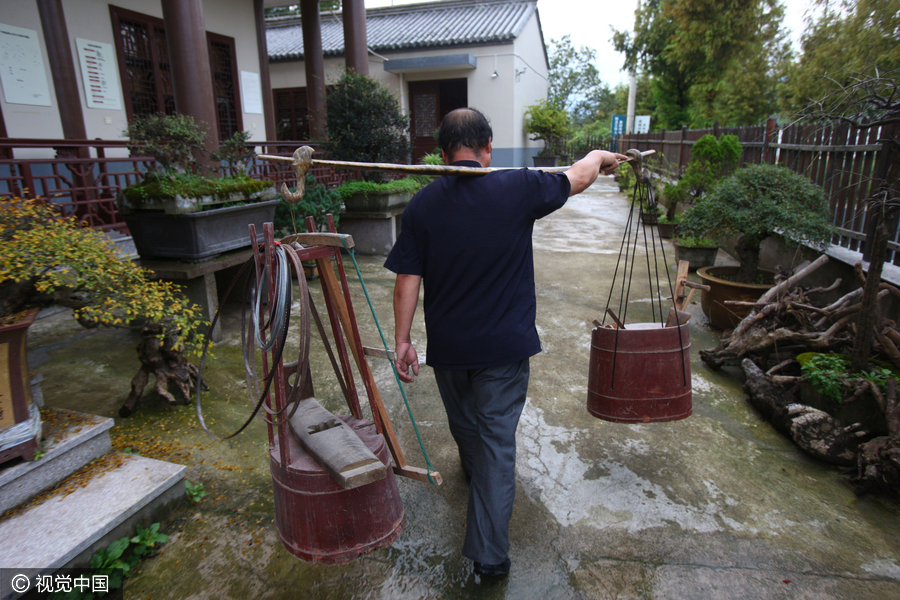
Bao used to have a few apprentices, but none persisted in learning the art. Bao now worries that his buckets are destined to become extinct.



 Print
Print Mail
Mail